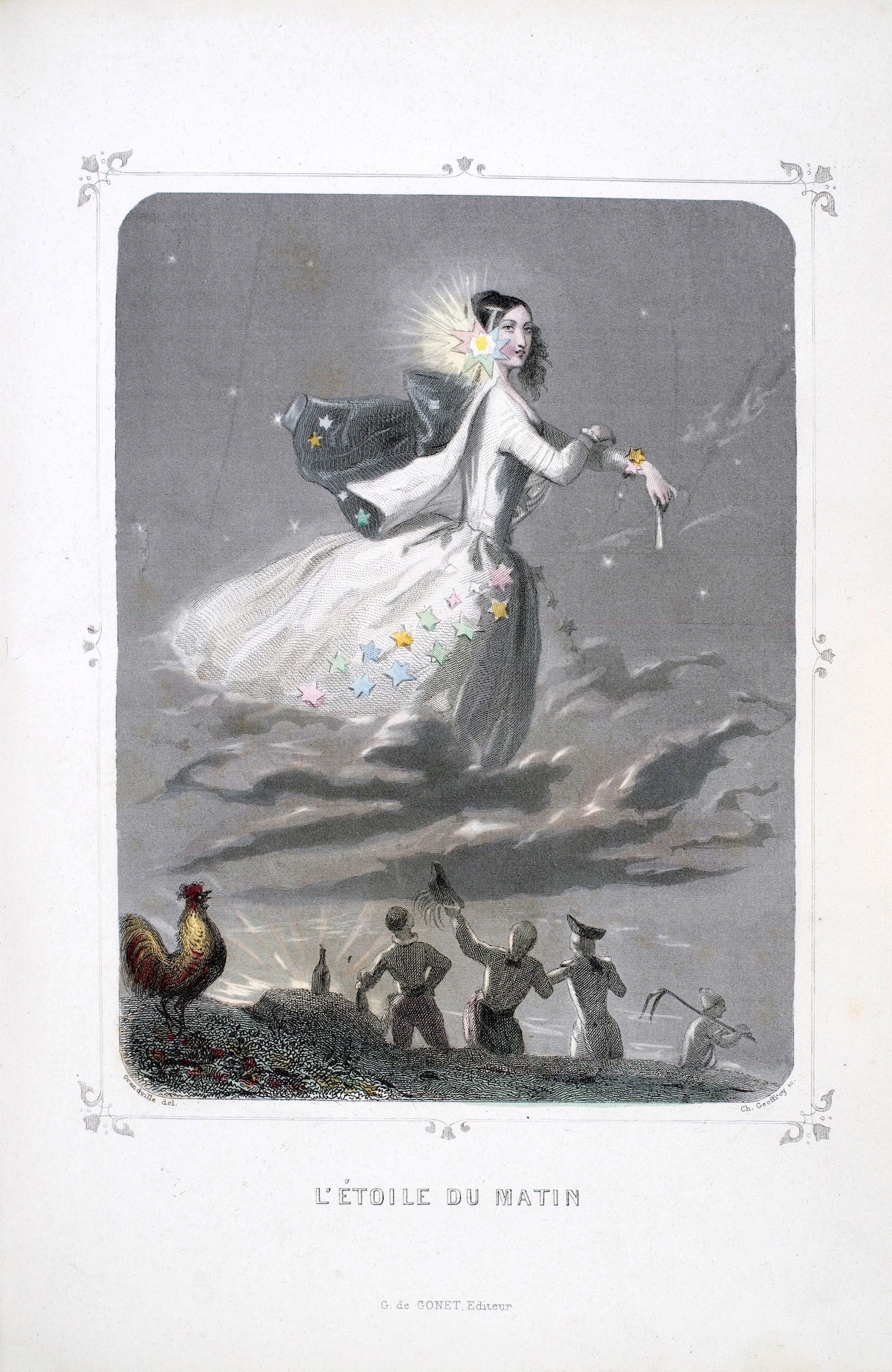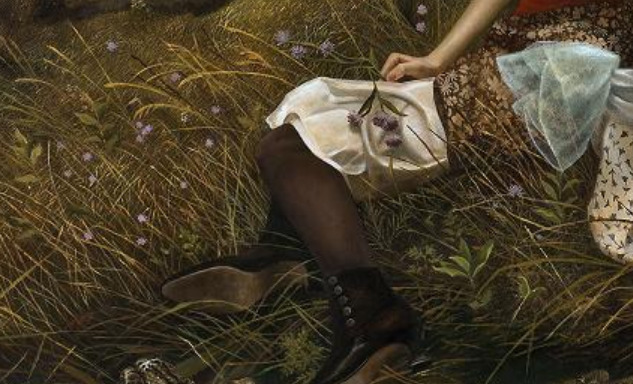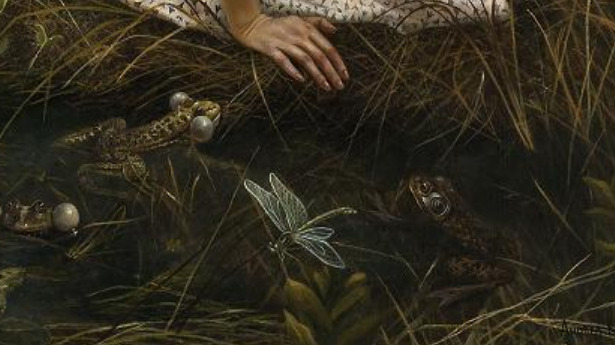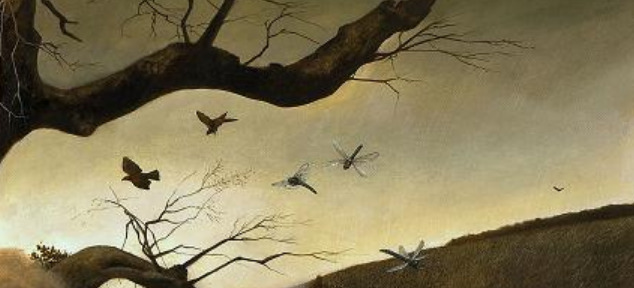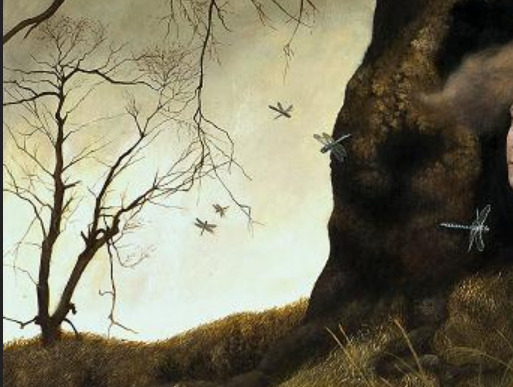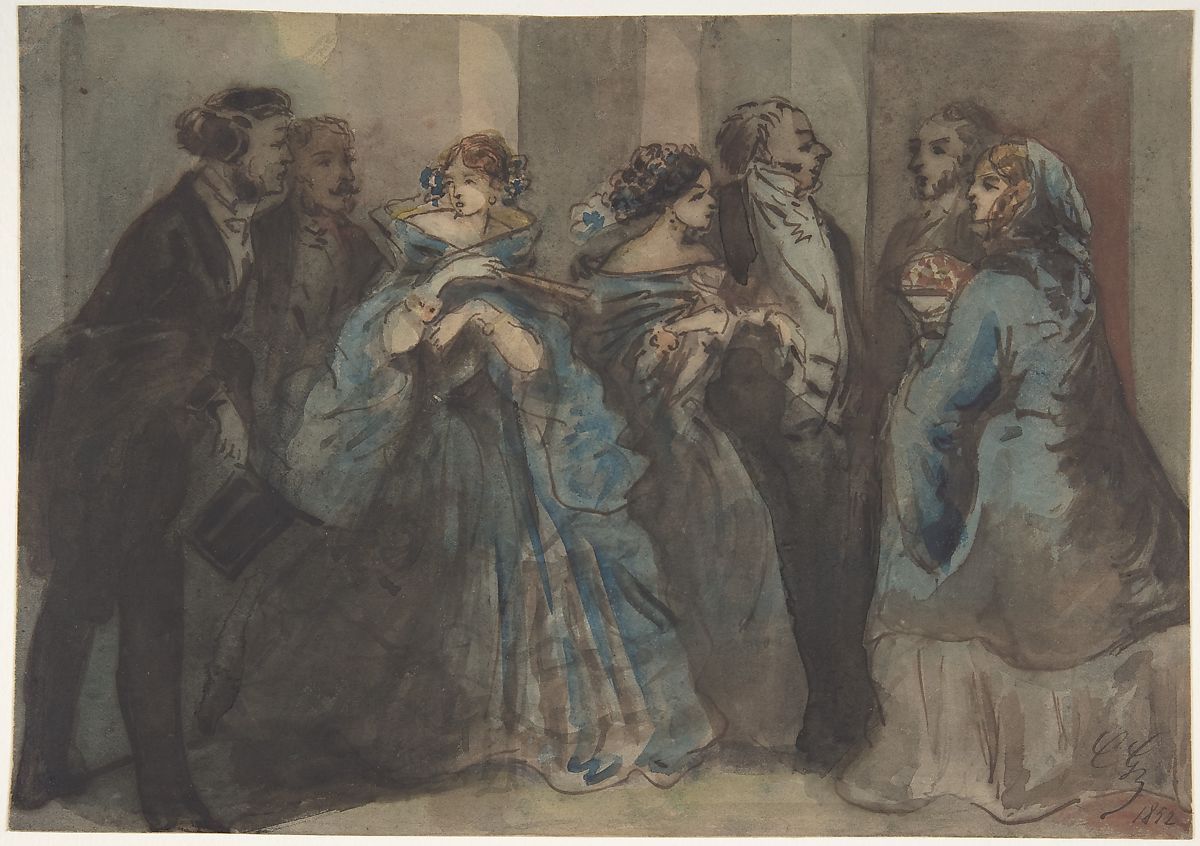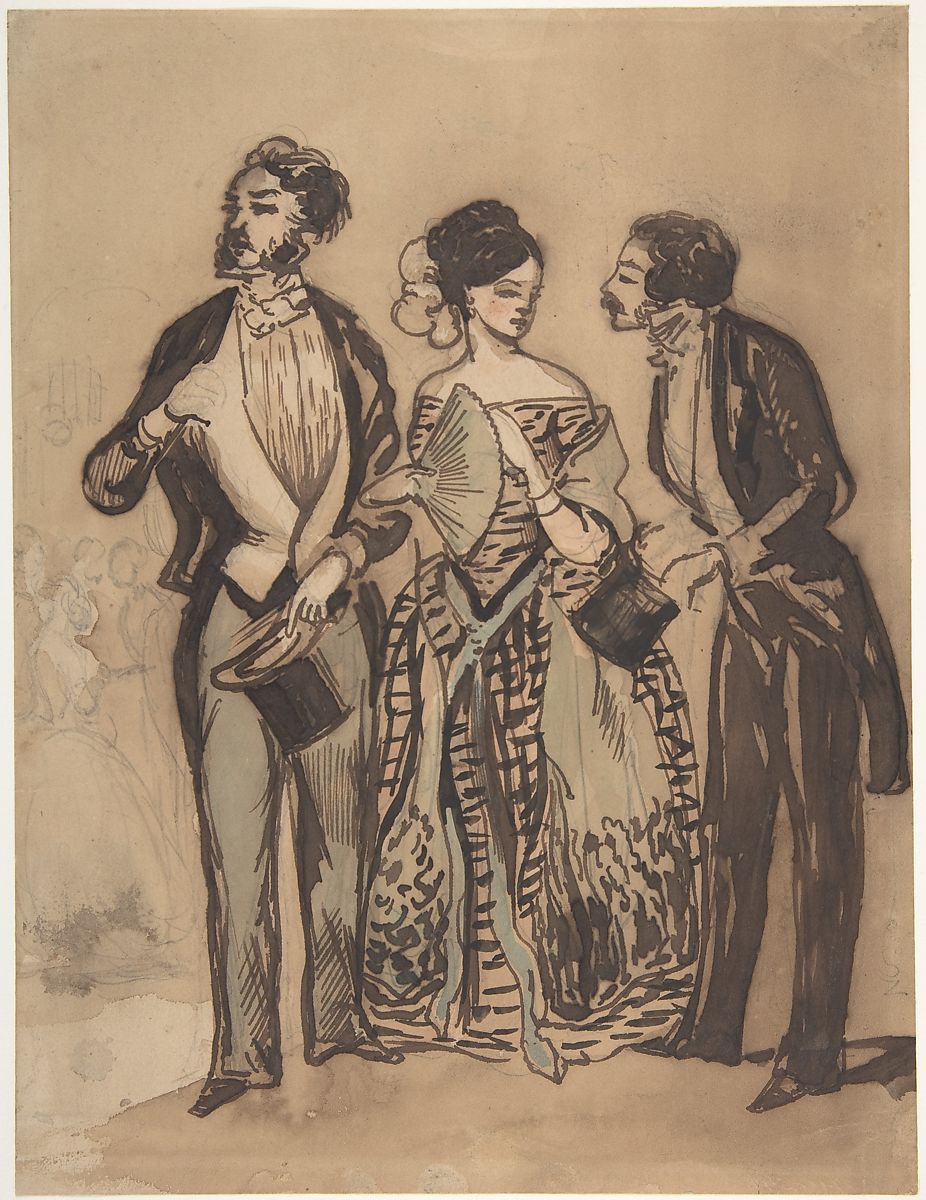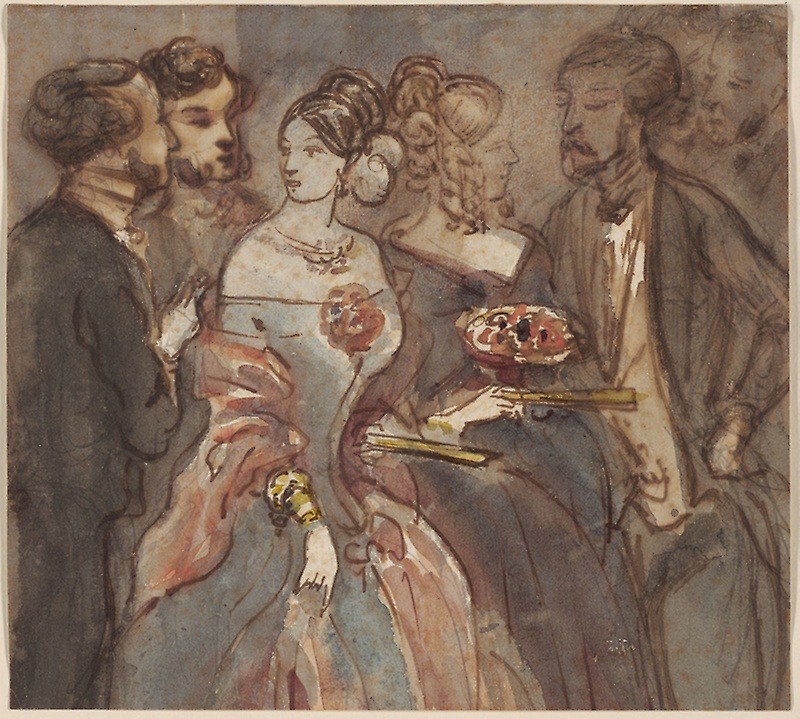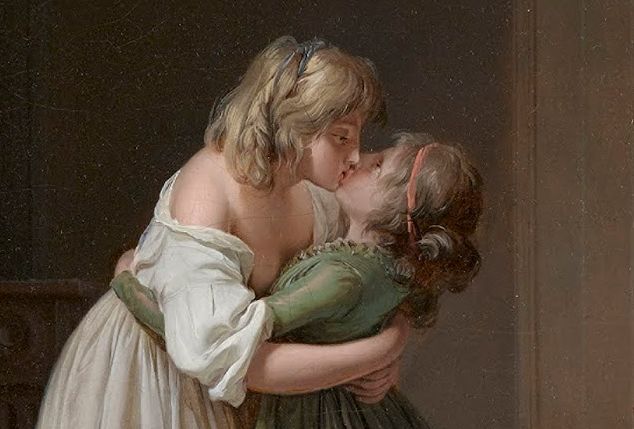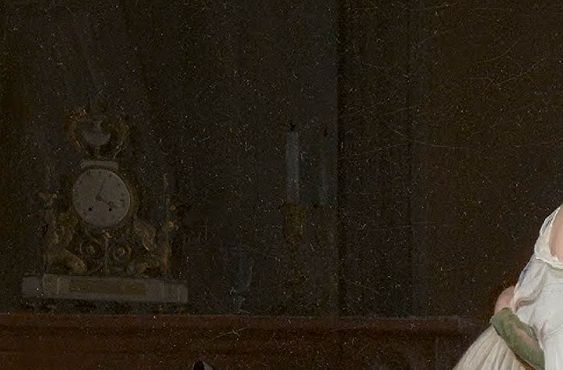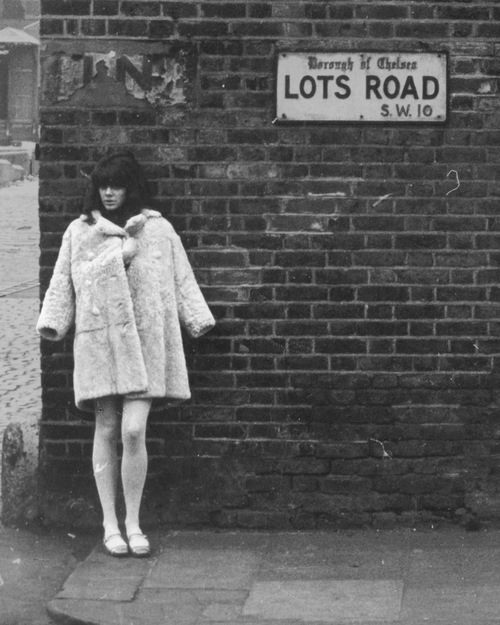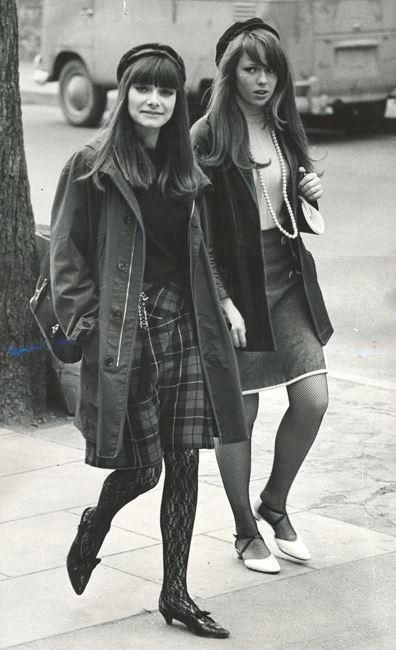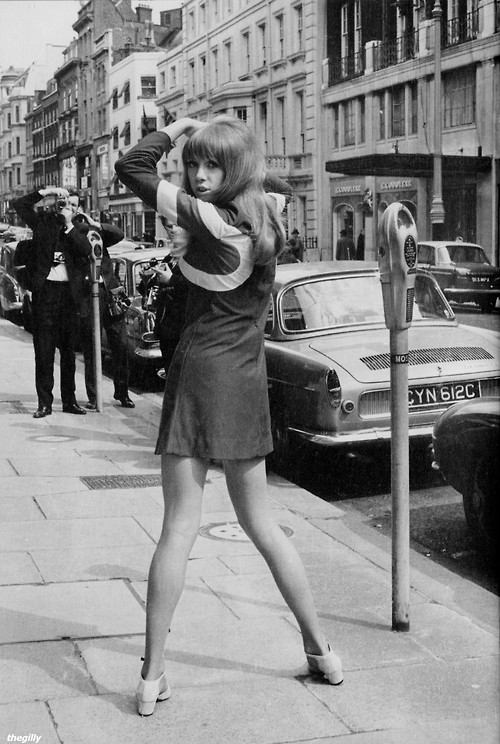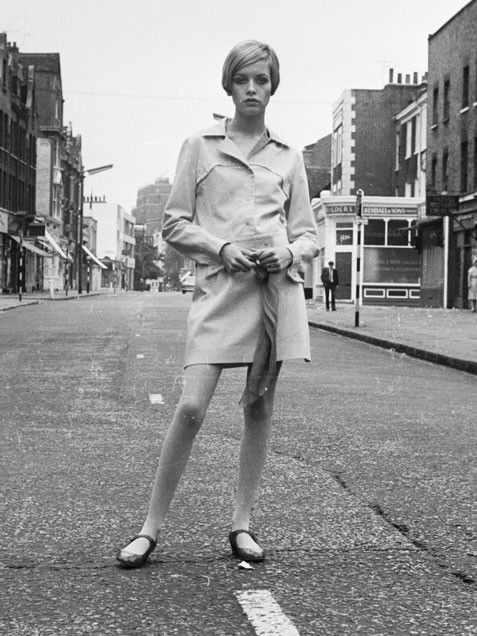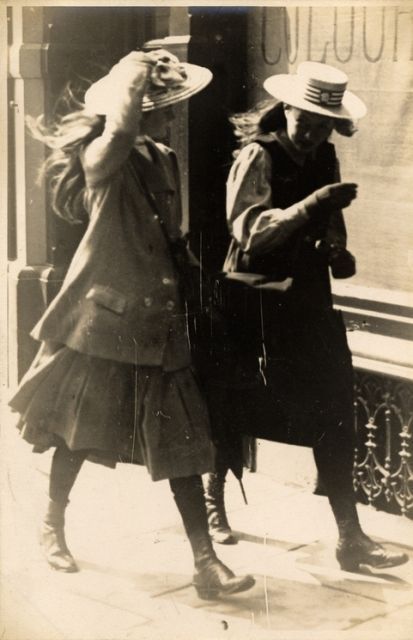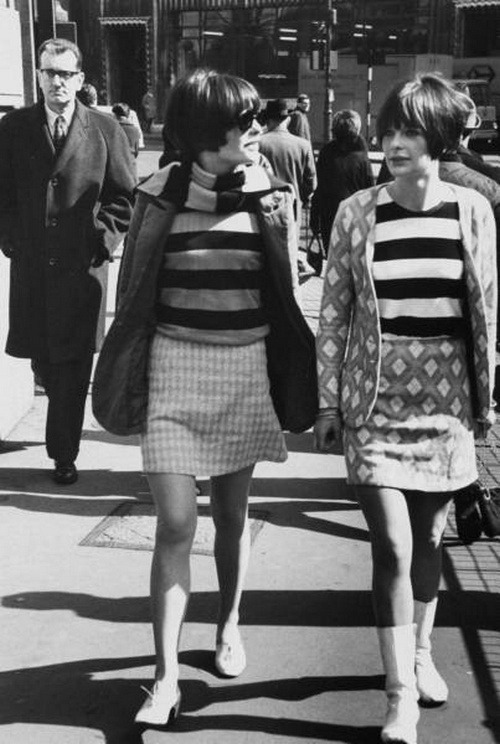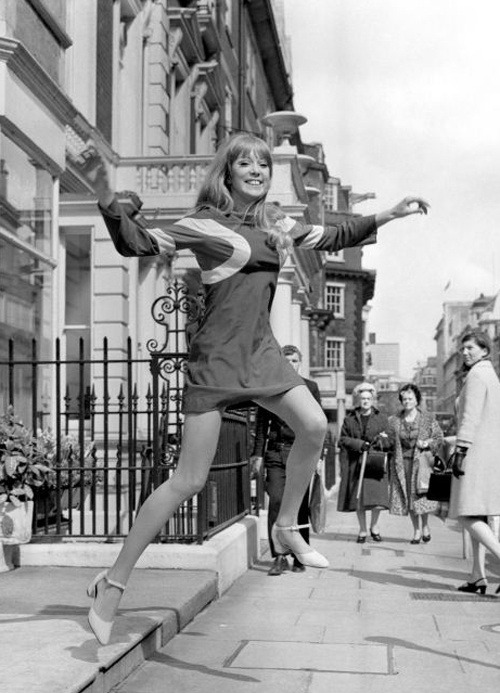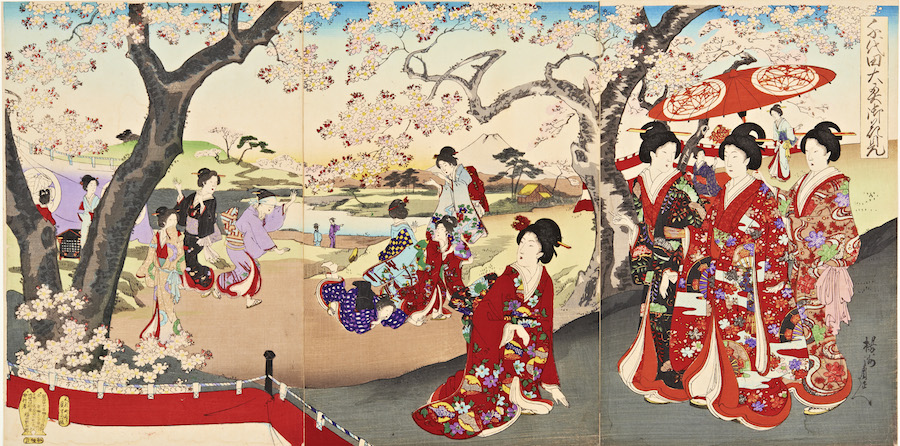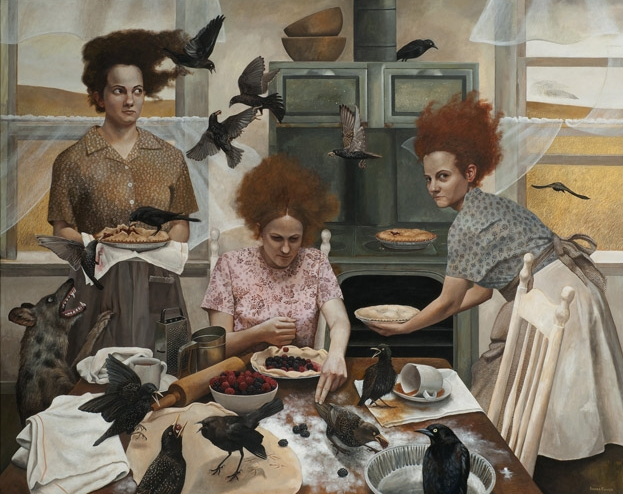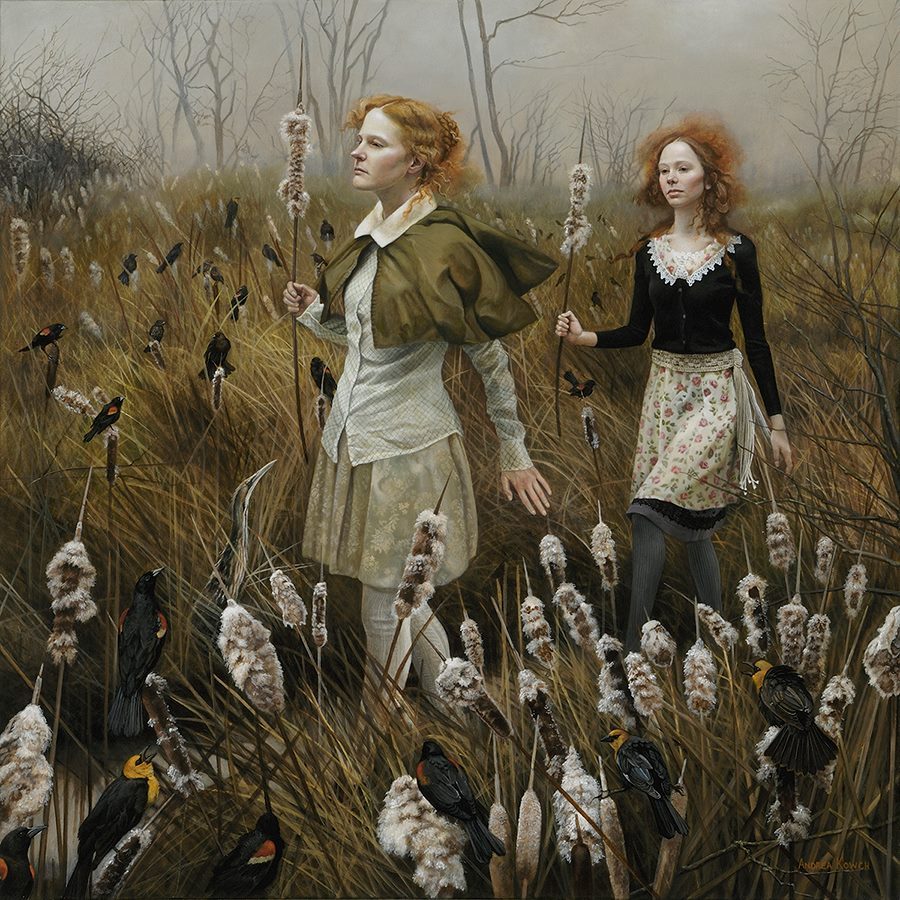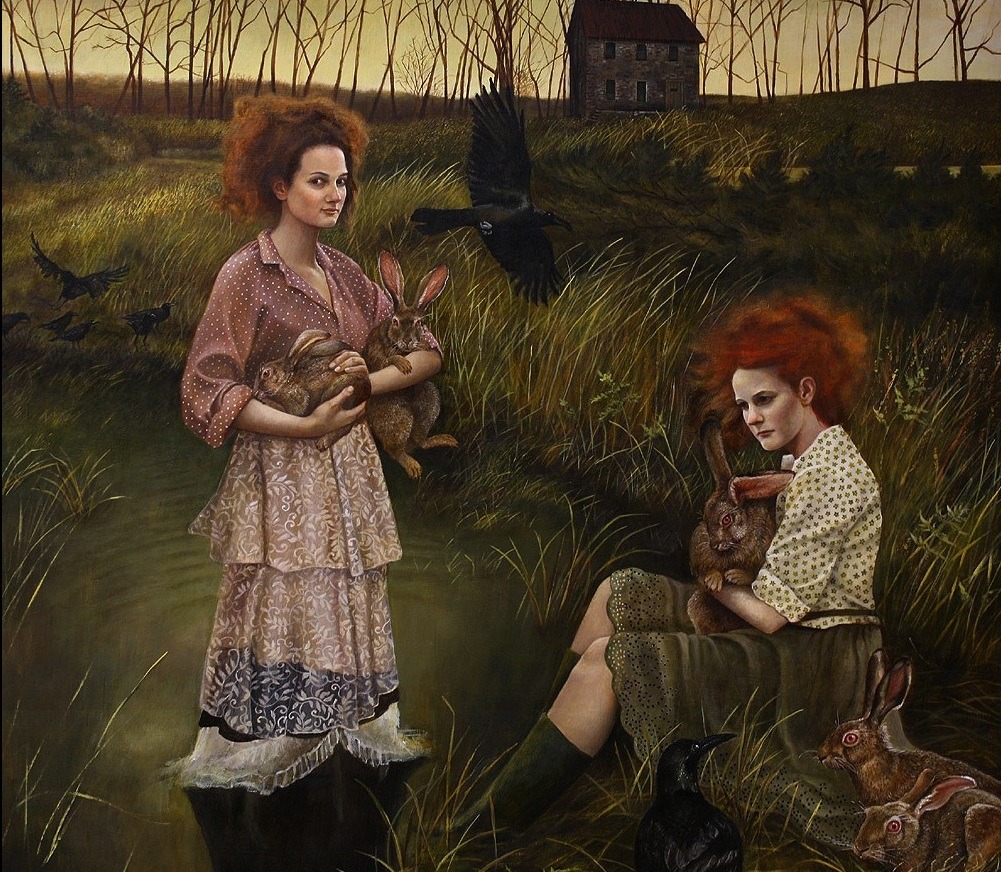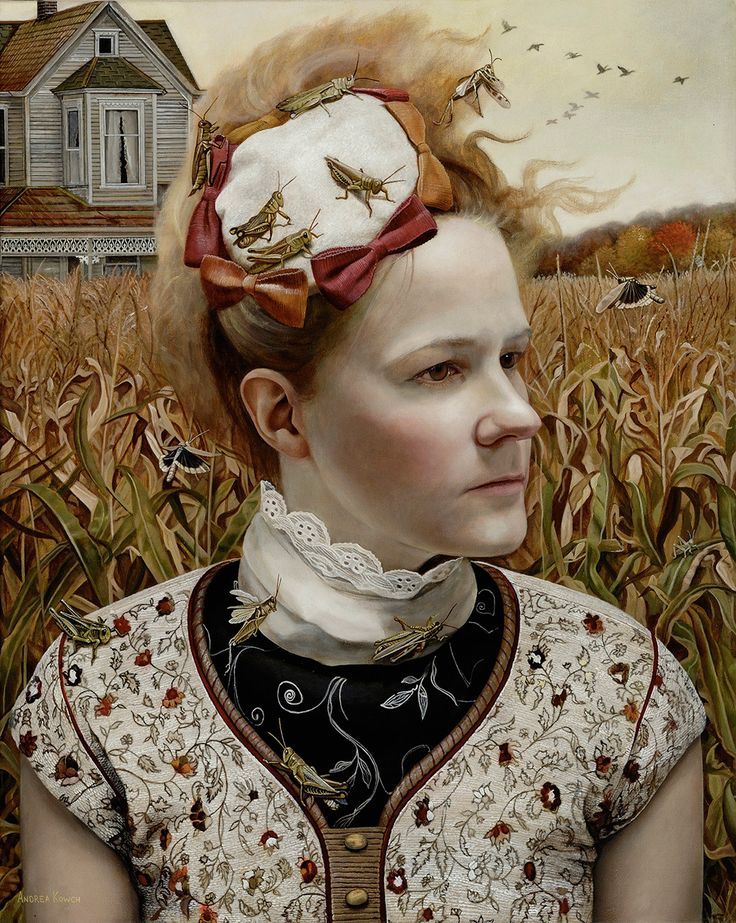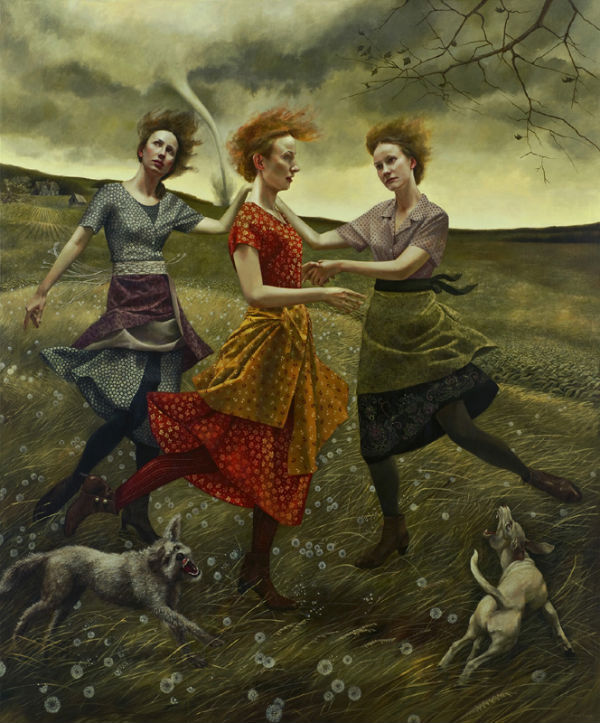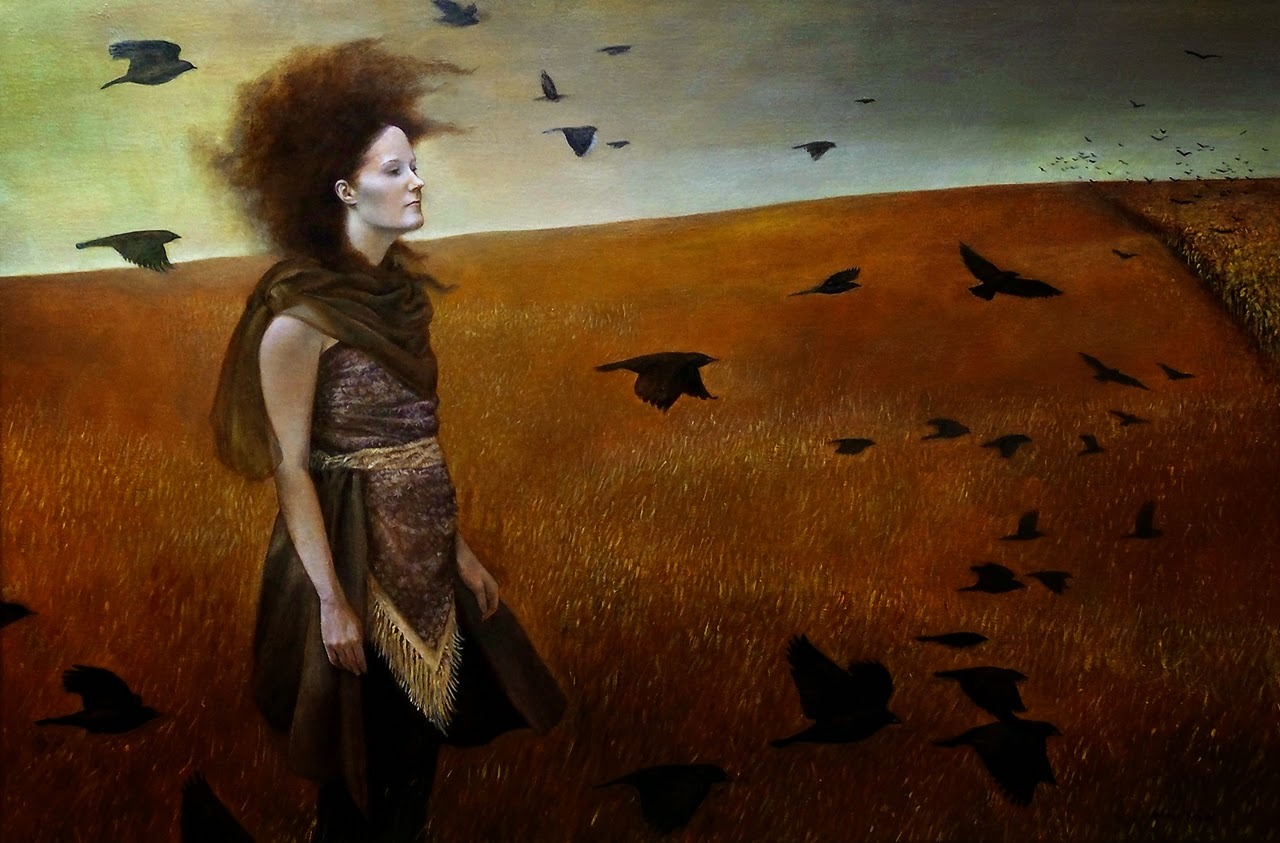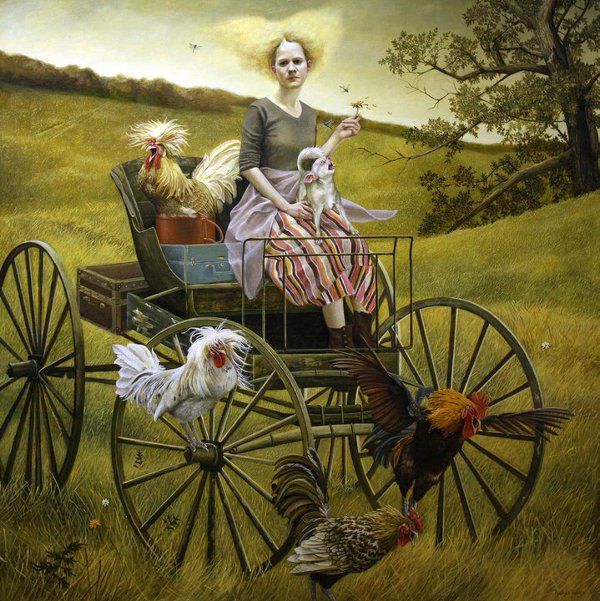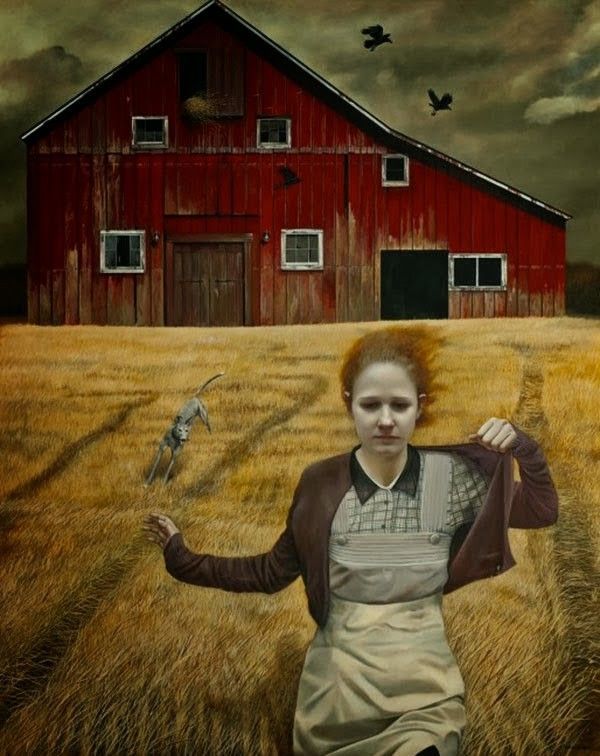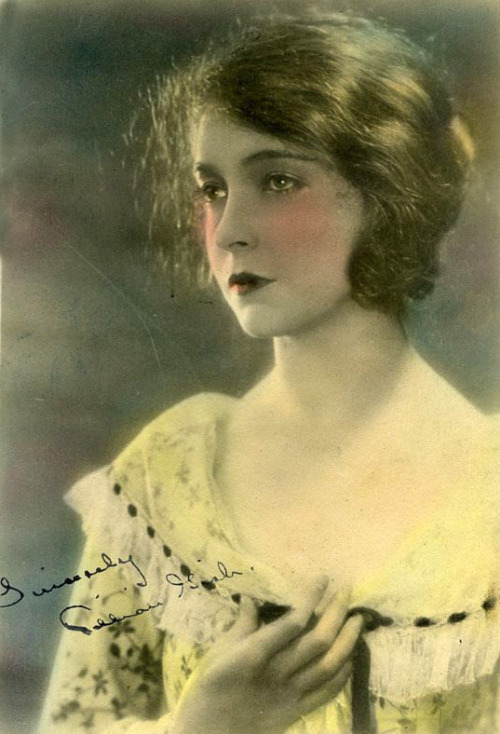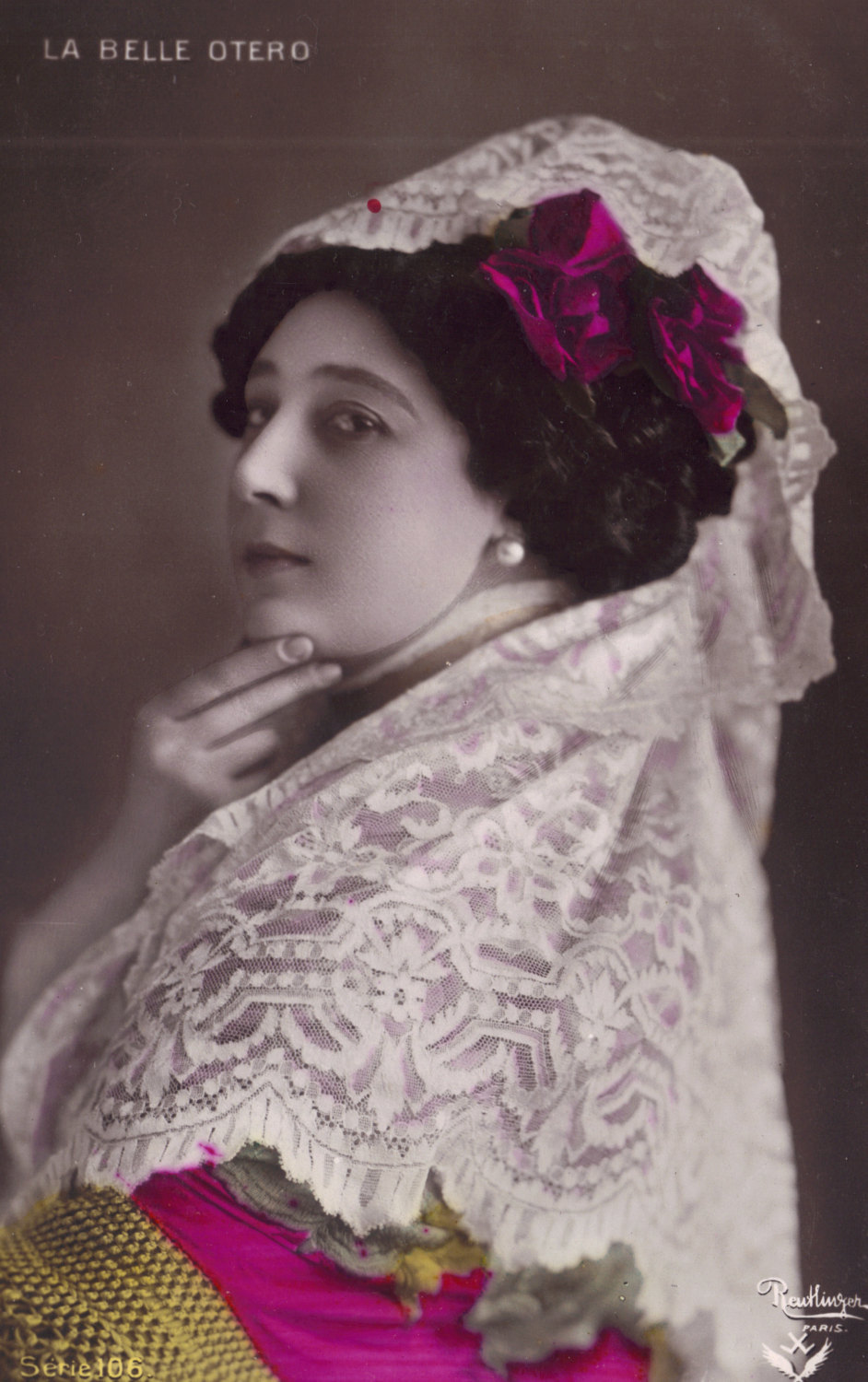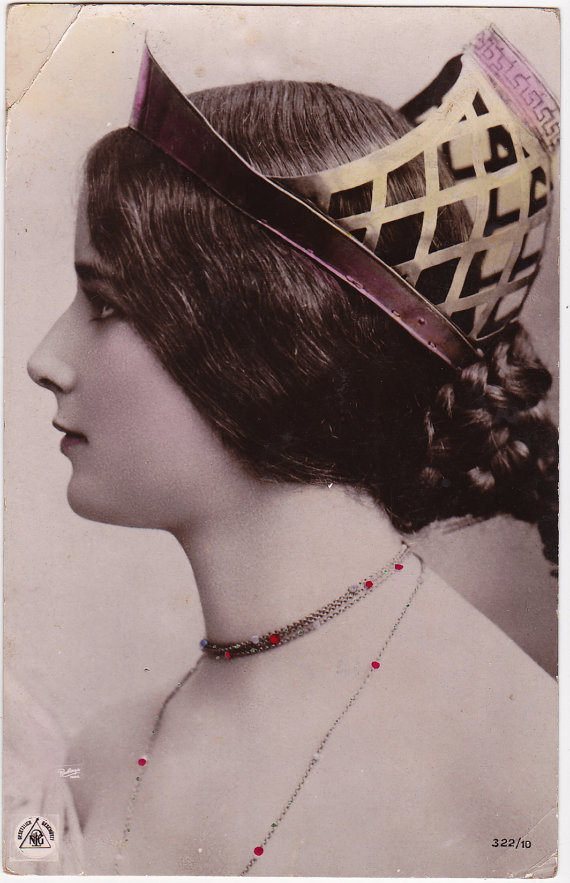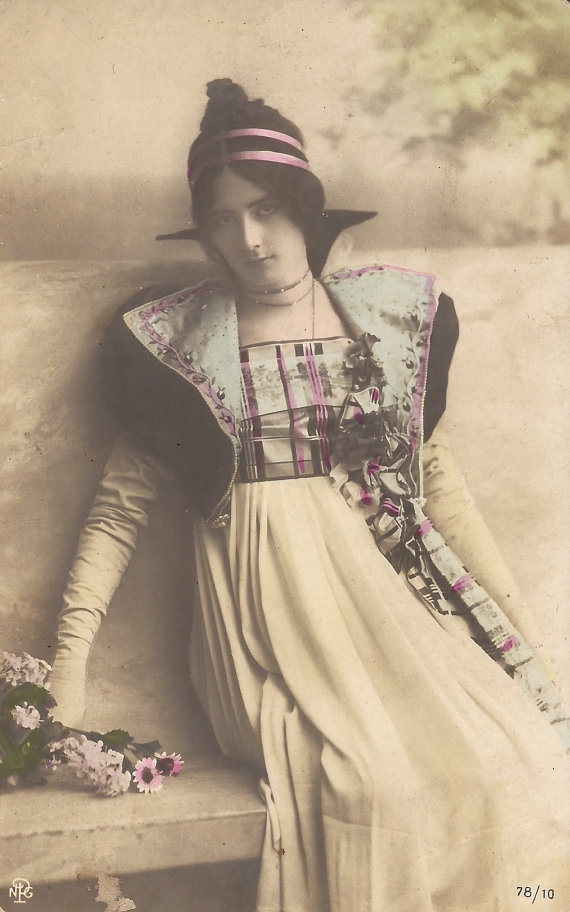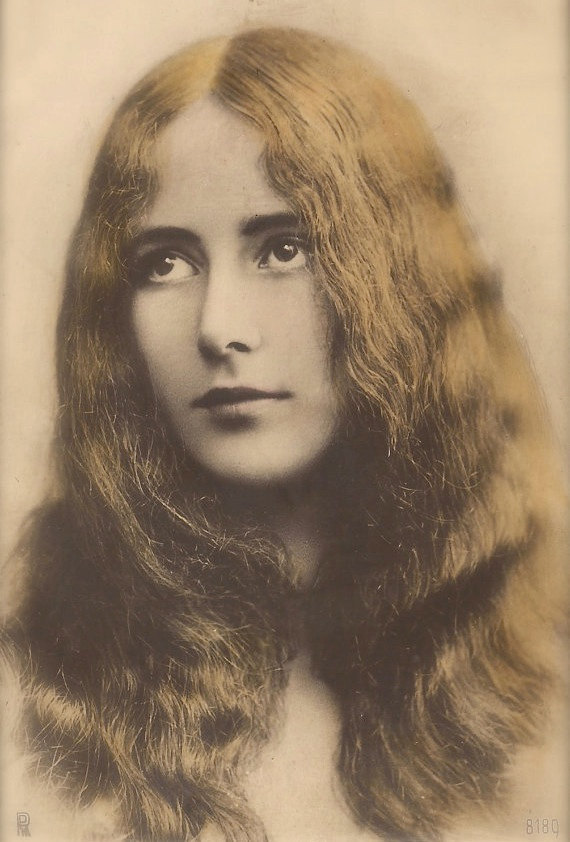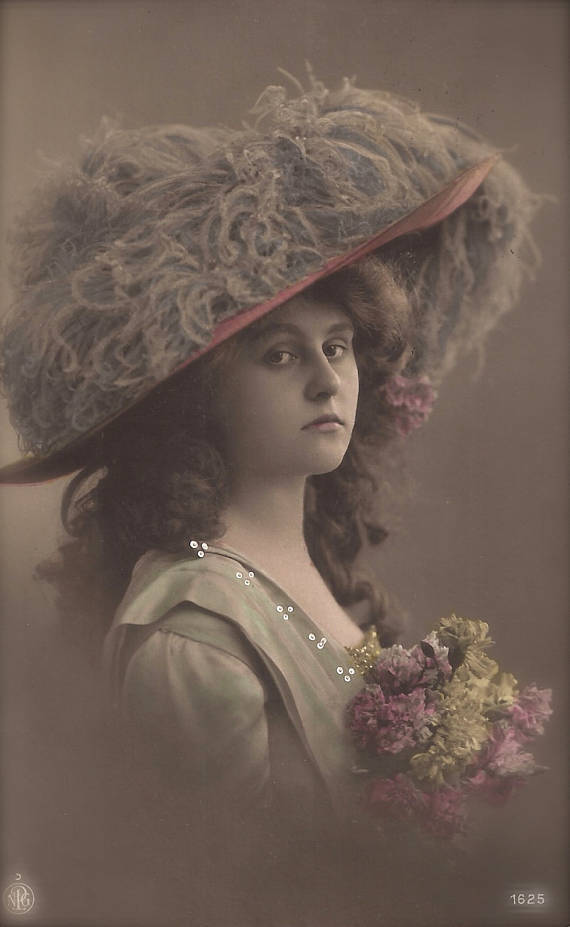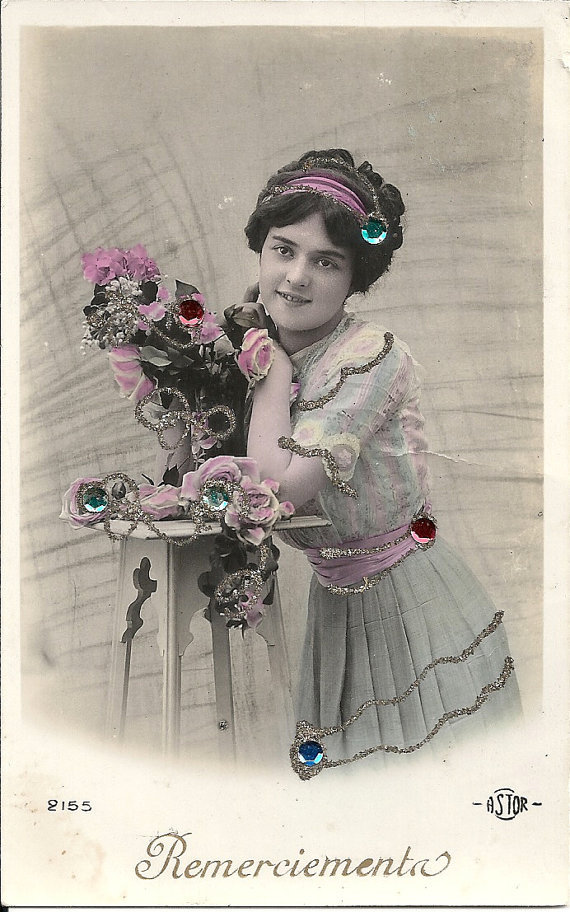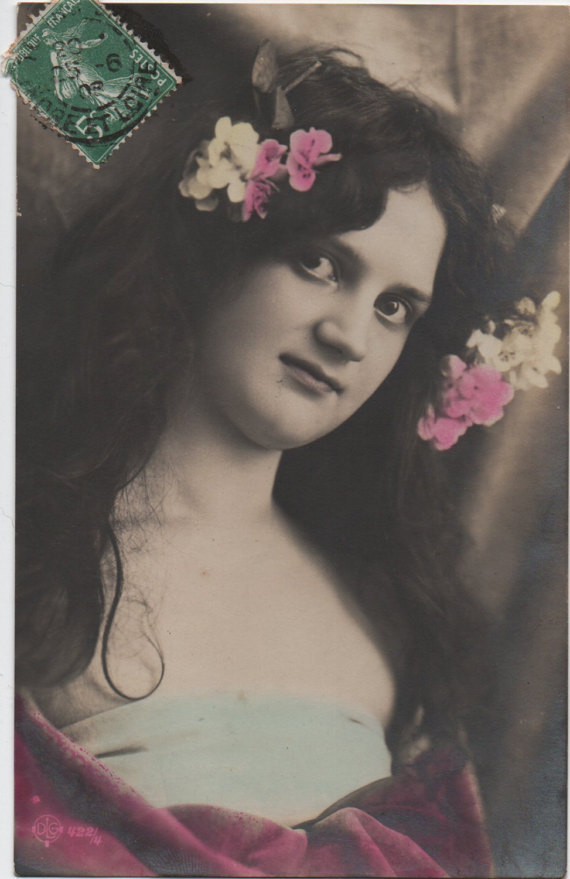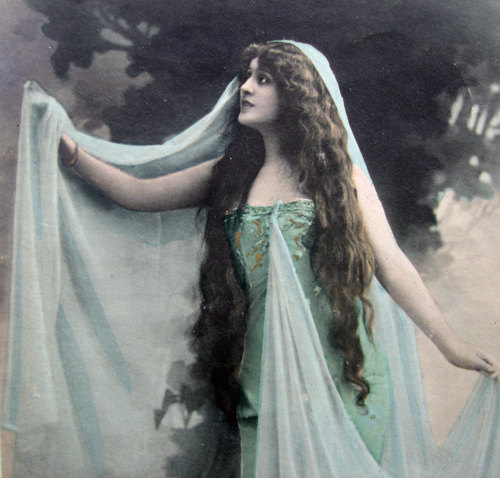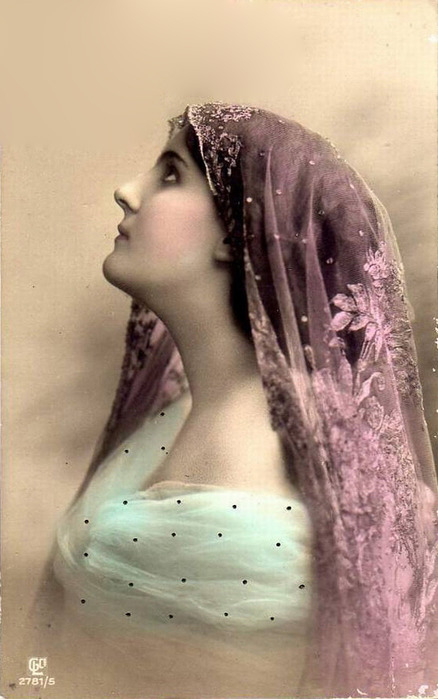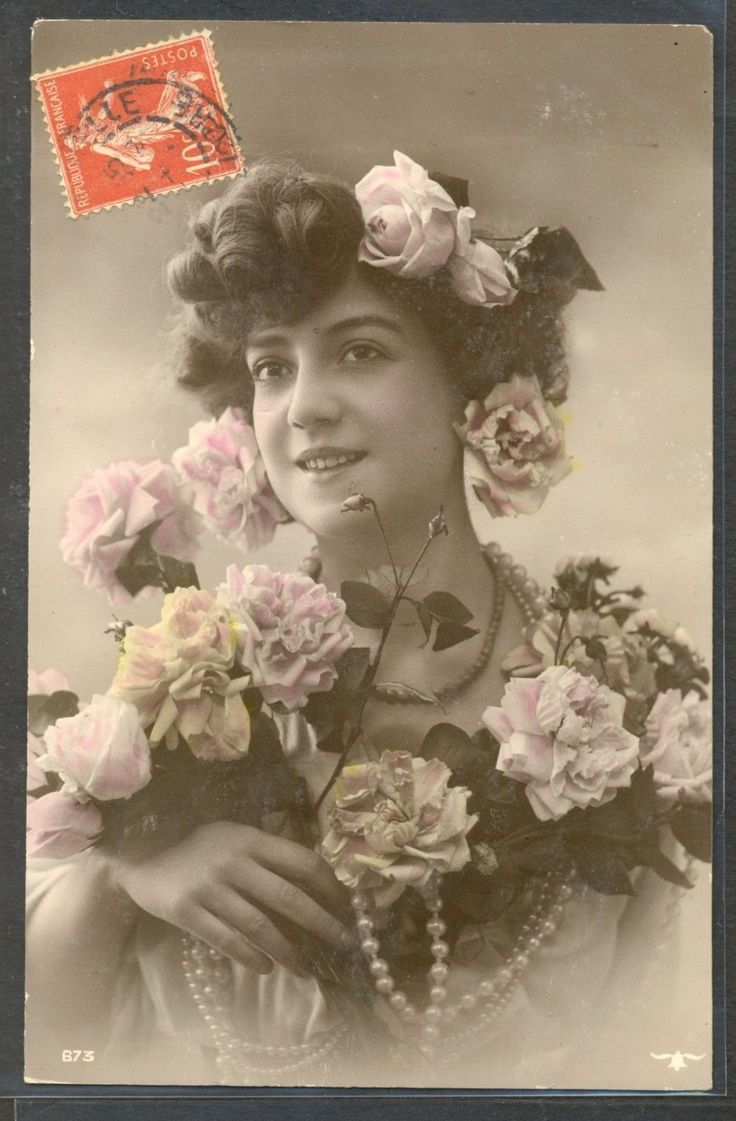Indolence, thou art the sweetest, most delightful thing on earth!
 John William Godward, Dolce Far Niente (Sweet Idleness) (or A Pompeian Fishpond), 1904
John William Godward, Dolce Far Niente (Sweet Idleness) (or A Pompeian Fishpond), 1904
‘Dolce far niente’ is a wonderful Italian expression meaning ‘sweet doing nothing’, and it illustrates the dreamy, hedonistic, self-indulgent nature of indolence, and the enjoyment of it. In art, such paintings are rare prior to the nineteenth century, but in the late 19th and early 20th century, in the artistic climate influenced by the Pre-Raphaelites and Aesthetic movement with its ‘cult of beauty’, their popularity grew. Artists such as Lawrence Alma-Tadema, John William Godward and John William Waterhouse dared to tackle the subject and they painted numerous vibrant and beautiful paintings of this theme.
There’s a certain pattern of beauty in all of these ‘dolce far niente’ paintings: a beautiful idle woman dressed in her finery, lazing around in sumptuous surroundings, doing nothing, gazing in the distance or at the viewer. Usually they’re presented in luxurious and idealised settings, aesthetically inspired by the Roman empire, lounging on animal skin, wearing gorgeous diaphanous fabrics, perhaps holding a flower in their hand or teasing a kitten with a peacock feather, and in one painting, two women are even shown gazing at a snail and feeding it, what a way to spend an afternoon! Certain motifs appear in all of these paintings: finely painted marble balustrades or just marble in general, balconies overlooking the sea glistening underneath a perfectly blue sky with a few clouds, animal skin, clothes and hairstyles inspired by the styles of the Ancient world, flowers and flower pots, lush Mediterranean vegetation and plants such as oleander, lavender, cypresses, orange trees, even poppies, thyme, basil etc.
 Lawrence Alma-Tadema, Silver Favourites, 1903
Lawrence Alma-Tadema, Silver Favourites, 1903
Godwards was the protégé of Alma-Tadema and their styles hold similarities; they both drew inspiration from the imagined luxury of the Ancient Roman Empire and the warm, rich, fragrant, mood of the Mediterranean, they both painted in a Neoclassical style with fine, elegant brushwork resembling that of Ingres, especially when the subject is that of a female body; both made paintings full of light and vibrancy. And now a glimpse of sadness in all this beauty; Godward committed suicide on 13th December 1922, at the age of 61, falsely believing that the idealised, dreamy style of his art will fall out of style with the arrival of new painters such as Picasso. In his suicide note he allegedly wrote: “the world is not big enough for myself and a Picasso”. I wonder just how many lives that devilish painter known as Picasso has ruined, having in mind the awful way he treated my poor, darling Modigliani.
These paintings exude beauty, but that is their only purpose. Well, the purpose of all art should be to present us mortals with an ideal of beauty we’ll never be able to achieve, to move our hearts and souls to react, to elevate us. But the beauty of these paintings really is all that they possess; they have no moral or social message, they are not portraits, they don’t show a mythological scene or tell a story in some way.
 John William Godward, Dolce Far Niente, 1897
John William Godward, Dolce Far Niente, 1897
Also, despite the fact that these ‘dolce far niente’ paintings were at the height of their popularity in the late 19th century, the mood of indolence and hedonism can be traced in earlier art as well, especially the Rococo. If you take a look at some paintings of Fragonard or Boucher, you’ll see that most of them show pretty women doing nothing; reading love letters, waiting for a lover, daydreaming; lavishly dressed in gorgeous surrounding of eternal spring with tamed nature and marble statues. Also, the famous Winterhalter’s group portrait of the French Empress Eugenie and her ladies in waiting; technically, yes, it is a portrait – it has a purpose, but come on, doesn’t the setting and their faces evoke nothing but sweet enjoyment of indolence? Gustav Klimt’s beautiful and sinister nude femme fatales shown in a lesbian embrace, adorned with flowers, with intricate backgrounds, are also pretty indolent. My point is that it’s not necessary for a painting to bear a name ‘dolce far niente’ to be one, it’s more about the mood and the setting.
 John William Godward, Summer Idleness: Day Dreams, 1909
John William Godward, Summer Idleness: Day Dreams, 1909
Despite their popularity in the age of the Aesthetic movement, there’s nothing really decadent about these painting. Their lack of purpose, or a social or moral message, might have infuriated Ruskin. The dreamy, escapist nature of these paintings struck a cord with the audience of the time. Victorians were huge escapists and their tendency to be easily carried away by daydreams and fantasies about a perfect fairytale world enabled them to appreciate works of painters such as Waterhouse, Alma-Tadema and Godward who never painted reality, but instead dipped their brushes into a paint of magic and dreams and created innocent, idealised, brightly-coloured reveries which continue to capture the imagination of people today.
MY FAVOURITES:
 John William Godward, When the heart is young, 1902
John William Godward, When the heart is young, 1902
All of these paintings are quite similar, but still there were three which captivated me the most. The first one is When the heart is young. If you enlarge the painting, you’ll see how exquisitely the scene is painted, how detailed. I just love her face expression, and the way her hair falls and the lavishing, soft folds of her dress in colour of rose quartz. And she is one absolutely gorgeous woman; there’s a dreamy, sensual aura around her face with lips as pretty as rosebuds, cheeks blushed and eyes so dark, velvety and dreamy, gazing in the distance. Another detail which dazzles me is the fine thin yellow line above the sea, and the poppy flowers in the background.
 John William Godward, Mischief and Repose, 1895
John William Godward, Mischief and Repose, 1895
Here, I love the title Mischief and Repose, isn’t it cunning? There’s no glistening sea or trees in the background, but I think these two indolent, red-haired beauties in diaphanous dresses are eye-candies for themselves. They’re shown lazing around in an opulent interior of fine marble and animal skin. While the woman wearing a delicate gown made out of a gauzy baby blue material, I suppose the overindulgence in the sweetness of doing nothing has made her tired, I sympathise because it happens to me often, the one on the right is the epitome of mischief, teasing her friend as she sleeps. They remind me of Sappho and her ladies on the isle of Lesbos. Let’s also take a moment to appreciate the great hairstyle of the ‘mischief woman’; voluminous curly hair in a low bun with shiny ribbons. And these gauzy long gowns which reveal more than they hide are so alluring, especially on the woman on the right; how softly and gently the fabric covers her body, how delicately painted. I hope it’s not just my imagination that’s intrigued by this illusive mysteriousnesses.
 John William Godward, Dolce Far Niente, 1906
John William Godward, Dolce Far Niente, 1906
In Dolce Far Niente from 1906, the rich purple and red colour of her flimsy dress really appealed to me, but also the composition: she is painted reclining on a tiger skin, on some marble balustrade, with her hand above her head, her dark hair falling in cascades, and you can’t help but notice the sensuality of her pose; you can follow the curve of her body against the background of oleander trees with lush blossoms and serene sea in the distance. I don’t know why, but it reminded me of a sentence from Osamu Dazai’s novel No Longer Human: “I could see through the tall windows behind my bench the evening sky glowing in the sunset. Seagulls were flying by in a line which somehow suggested the curve of a woman’s body.” Another thing I love is the sky; vanilla coloured sky, and the lush Mediterranean vegetation; the gorgeous pink oleander blossoms and cypresses in the background. Sun is slowly setting in the distance, rich fragrances colour the air…
 John William Godward, Idleness, 1900
John William Godward, Idleness, 1900
I have been dazzled by these paintings for some time, and my thoughts upon gazing at these idle women are a mix of empathy and envy. I am their equal in indolence, it is my most beloved pursuit: doing nothing and doing it sweetly. I am a connoisseur in indolence! Dolce far niente should be written on my gravestone. My idea of a perfect afternoon is to wear something outrageously gorgeous, lie on my bed, listen to music and gaze at the pictures on my wall, the blue sky or tree tops through the window or flip through my art books, and then drift into daydreams. For me, a day of indolence is a day of happiness! This is how I find inspiration, then I write a post, and voila!
I shall finish the post with a great quote by the writer Jerome K. Jerome, who obviously understand indolence very well:
“It is impossible to enjoy idling thoroughly unless one has plenty of work to do. There is no fun in doing nothing when you have nothing to do. Wasting time is merely an occupation then, and a most exhausting one. Idleness, like kisses, to be sweet must be stolen.”
 John William Godward, Tranquillity, 1914
John William Godward, Tranquillity, 1914
 John William Godward, In the Days of Sappho, 1904
John William Godward, In the Days of Sappho, 1904
 John William Godward, An Idle Hour, 1890
John William Godward, An Idle Hour, 1890
 John William Godward, The quiet pet, 1906
John William Godward, The quiet pet, 1906
 John William Godward, Summer Flowers, 1903
John William Godward, Summer Flowers, 1903
 Franz Xaver Winterhalter, The Empress Eugenie Surrounded by her Ladies in Waiting, 1855
Franz Xaver Winterhalter, The Empress Eugenie Surrounded by her Ladies in Waiting, 1855

Jean-Honoré Fragonard, The Progress of Love – Reverie, 1771
 John William Godward, Playtime, 1891
John William Godward, Playtime, 1891
 Lawrence Alma-Tadema, In the Tepidarium, 1881
Lawrence Alma-Tadema, In the Tepidarium, 1881
 Charles Edward Perugini, Dolce Far Niente, 1882
Charles Edward Perugini, Dolce Far Niente, 1882
 John William Waterhouse, Dolce Far Niente (The White Feather Fan), 1879
John William Waterhouse, Dolce Far Niente (The White Feather Fan), 1879
 John William Waterhouse, Dolce Far Niente, 1880
John William Waterhouse, Dolce Far Niente, 1880
 William Holman Hunt, ‘Il Dolce far Niente’, 1859-66
William Holman Hunt, ‘Il Dolce far Niente’, 1859-66
 Auguste Toulmouche, Dolce Far Niente, 1877
Auguste Toulmouche, Dolce Far Niente, 1877
What are your thoughts on indolence? Was there a dolce far niente painting that particularly dazzled you?
Tags: aesthetic movement, art, Beauty, beuatiful women, blue sky, bright colours, cult of beauty, daydreams, diaphanous dress, Dolce far niente, escapism, flowers, hedonism, idleness, indolence, Italian expression, John William Godward, John William Waterhouse, late 19th century, Lawrence Alma-Tadema, laziness, Lightness, luxury, Mediterranean, Mischief and Repose, Neoclassicism, Painting, Rococo, Roman empire, Sea, sweet doing nothing, sweetness, Victorian era, When the heart is young, Women
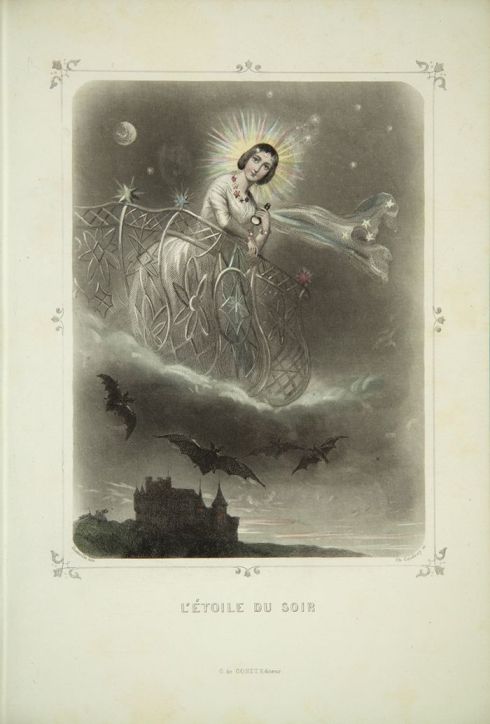 J.J. Grandville, Les étoiles du Soir (Evening Star), 1849
J.J. Grandville, Les étoiles du Soir (Evening Star), 1849